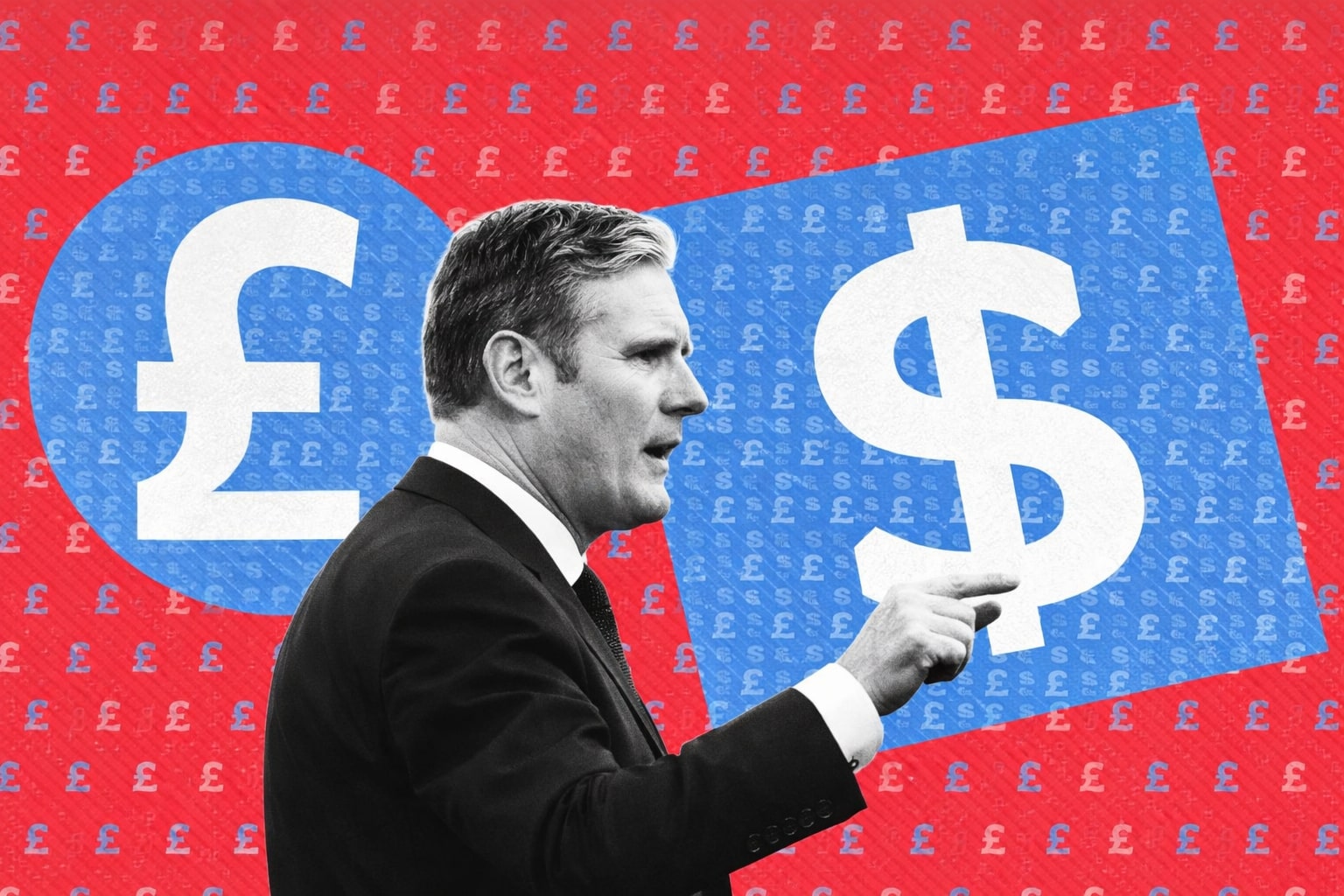Turkish Lira Faces Weekly Losses as Economic Team Implements Gradual Exit Strategy
Erdogan's Appointed Economic Team Signals Shift in Turkish Lira's Value Determination Approach
Turkey's Lira Faces Longest Run of Weekly Losses as Economic Team Adopts Gradual Exit from Lira Protection Scheme
The Turkish lira is experiencing its longest streak of weekly losses in this century, as Turkey's new economic team takes a more hands-off approach to currency market intervention. The lira has depreciated by 1% this week, following an 11% slide last week, continuing a downward trend that began in March and marking the longest losing streak since 1999.
The recent declines have accelerated since President Recep Tayyip Erdogan's re-election on May 28. Prior to the election, the central bank had spent nearly $200 billion in reserves in an attempt to stabilize the currency, but the lira remained one of the weakest performers among emerging markets.
To signal a potential shift away from heavy state intervention, Erdogan has appointed two former Wall Street bankers, Mehmet Simsek and Hafize Gaye Erkan, to oversee the country's finances.
Foreign investors are beginning to see the lira finding its equilibrium, with expectations of increased capital inflows into Turkish bonds and stocks. In fact, overseas investors purchased $287 million of Turkish bonds and stocks last week, marking the largest inflow since December.
Turkey's Vice President Cevdet Yilmaz has stated that the government scheme that protects lira deposits against forex depreciation cannot be immediately abandoned. Instead, a gradual exit strategy will be followed, and the scheme may be extended beyond this year to avoid a sharp decline in the lira's exchange rate.
Despite the recent stability in the lira's exchange rate against the US dollar, doubts have arisen in the market following Erdogan's statements about maintaining the same position on interest rate policies. Previously, there were reports suggesting that interest rates would be raised during the upcoming meeting of the Central Bank of Turkey, potentially reaching 25%.
The economic team led by Finance Minister Mehmet Simsek and Central Bank Governor Hafiza Arkan faces the challenge of controlling high inflation rates. Erdogan had promised to reduce inflation to single digits after it reached a record rate of 86% in the latter part of last year.
From a technical analysis perspective, the USD/TRY pair has stabilized without significant changes, remaining in an overall bullish trend. The pair has reached new daily highs, currently trading around 23.67 levels. It is trading above support levels at 23.50 and 23.00, while remaining below resistance levels at 24.00 and 24.50.
As the expected changes in monetary policy are announced, caution is advised, with the pair's momentum expected to decline and stability anticipated until the next central bank meeting. It is important to adhere to the provided figures and practice effective capital management strategies.
Turkey's Vice President Cevdet Yilmaz has emphasized the need for a gradual exit strategy from the government scheme that protects lira deposits against forex depreciation. According to Yilmaz, an immediate exit from the scheme would pose a risk of sharp declines in the lira's exchange rate. He further stated that the scheme could be extended beyond this year.
The Turkish lira has been on a downward trend, facing a prolonged period of weekly losses. This trend has been accelerated by President Erdogan's re-election and the subsequent appointment of a new economic team. The team, led by Mehmet Simsek and Hafize Gaye Erkan, is expected to adopt a more market-driven approach, signaling a potential shift from heavy state intervention.
Foreign investors are cautiously optimistic about the lira, with expectations of increased capital inflows into Turkish bonds and stocks. Recent data shows a significant inflow of $287 million, the highest since December. This suggests growing confidence in the country's economic prospects.
However, doubts have emerged regarding the future of interest rate policies. Erdogan's recent statements indicate a reluctance to make significant changes, despite previous reports suggesting a possible rate hike during the upcoming central bank meeting. The uncertainty surrounding interest rates adds another layer of complexity to the economic outlook.
Inflation remains a key challenge for the new economic team. Erdogan has promised to reduce inflation to single digits, but the country continues to grapple with high inflation rates. The team will need to implement effective measures to address this issue and regain investor confidence.
From a technical perspective, the USD/TRY pair has shown stability, with minor fluctuations within a bullish trend. The pair is currently trading around 23.67 levels, above key support levels of 23.50 and 23.00. Resistance levels are seen at 24.00 and 24.50.
As market participants await the central bank meeting and potential changes in monetary policy, caution is advised. The pair's momentum is expected to weaken, leading to a period of stability until further clarity emerges. Traders and investors should closely monitor the market and manage their positions accordingly.
Overall, the Turkish lira's performance and future direction depend on various factors, including the government's approach to economic policies, inflation management, and global market conditions. The economic team's decisions and actions will play a crucial role in shaping the lira's trajectory and restoring stability to the currency.
Read More
-
AMD Stock Price Forecast - AMD at $223: AI GPU Ramp, CES 2026 Catalysts and the Next Move for NASDAQ:AMD
03.01.2026 · TradingNEWS ArchiveStocks
-
XRP Price Forecast - XRP-USD Near $2 as Whales Add $3.6B and ETF Inflows Top $1.18B
03.01.2026 · TradingNEWS ArchiveCrypto
-
Oil Price Forecast: Oil Near $60 Weigh Venezuela Shock Against 3.8M bpd Glut
03.01.2026 · TradingNEWS ArchiveCommodities
-
Stock Market Today - Wall Street Opens 2026; Dow 48,382, S&P 6,858 on Chip Rally, Gold Boom and Bitcoin $90K
03.01.2026 · TradingNEWS ArchiveMarkets
-
GBP/USD Price Forecast - Pound Tests 1.35 as BoE Caution Meets Soft US Dollar
03.01.2026 · TradingNEWS ArchiveForex


















